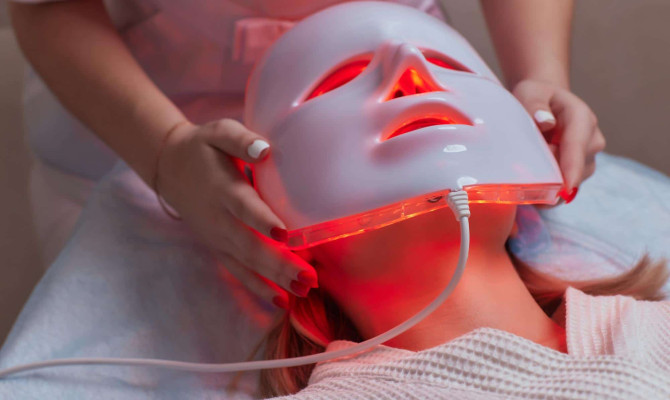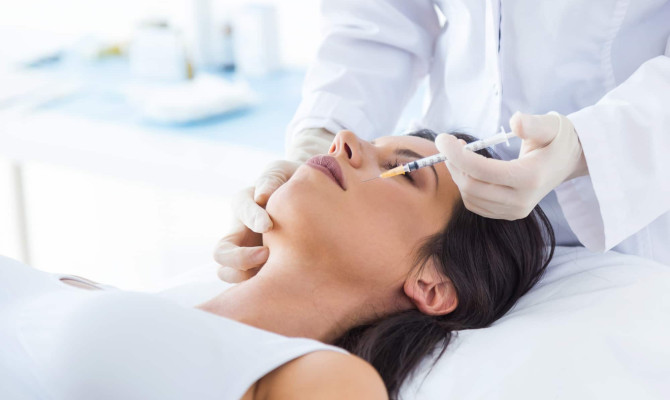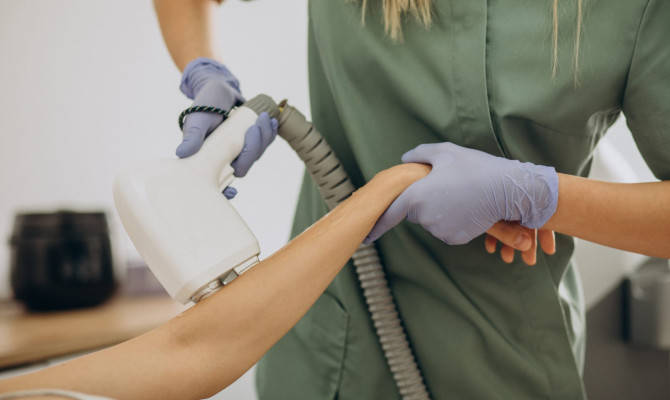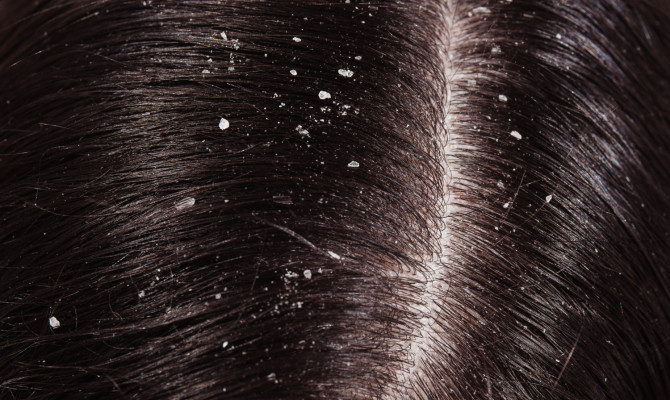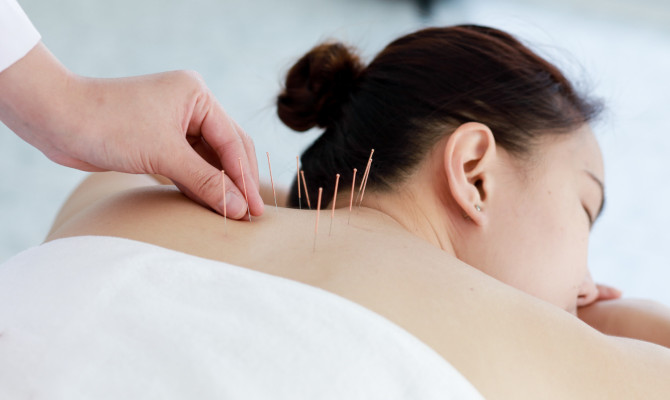Botox in Neck: Indications, Procedure & Side Effects

- Botox
- 11 Sep 2023
Overview
Botox for Aging Neck
Neck lines can be an awful problem to deal with. As you get older, the skin on your neck starts to sag and get wrinkled. Even though this is normal, it can be hard to fix without the help of cosmetic procedures. Many people get painful surgeries to fix early signs of aging, but there is another way. Botox is a non-surgical treatment that has been shown to improve the look of neck skin that is slightly drooping.
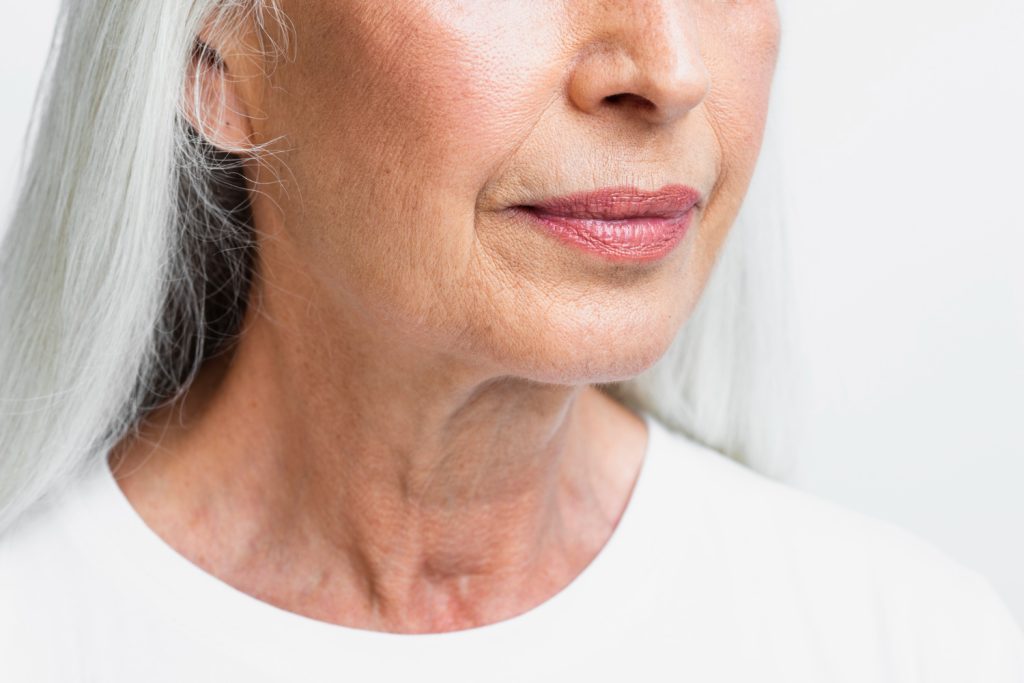
Neck Lines
Why do Neck Lines form?
- The platysma muscle is the real cause of lines and wrinkles on the neck 1 Neck lines | Researched based study from National Library of Medicine .
- The platysma muscle is a large sheet of muscle that goes from the chest to the sides of the neck. It goes up to the lower part of the face and covers the chin.
- As you get older, the platysma muscle gets weaker and the skin around it gets thinner and less full.
- This muscle stands out in the form of bands around the neck. The name for these bands is “platysmal bands.” At first, they only show up when the muscle is tense.
- But over time, they get more obvious even when the muscle is relaxed or you’re just eating or talking.
- The platysma also pulls down on the face and makes it look like the skin is droopy. All of this is caused by aging and excessive work of muscles.
Neck Botox
What is Neck Botox?
- Neck Botox is a cosmetic treatment that uses shots of botulinum toxin to improve the look of the neck by making wrinkles, fine lines, and droopy skin less noticeable. It is also called neck renewal or neck lift.
- With Botox injected into the neck muscles, you can get a smoother, younger-looking neck without having to go through a risky surgery or wait a long time to feel better.
- Botox in the neck is a safe and effective treatment for mild neck wrinkling that can last for a long time.
- Botox targets the specific muscles that cause the neck to sag, which makes a big difference.
What does Botox contain?
- Clostridium botulinum is a bacterium that makes the neurotoxins that Botox uses. For medical treatments, a certain type of the bacteria (called type A) is used.
- Botulinum toxins are found naturally in polluted soil and foods. Botulism may occur if you ingest a significant quantity of botulinum toxins or if the bacterium enters a wound.
- This dangerous disease of the nervous system affects breathing.
- Botox is made in a lab so that it is as safe and effective as possible. So that they don’t cause botulism, technicians’ water down and clean the botulinum poisons.
How safe is Botox?
- Botox is usually safe when given by a licensed doctor. Ask your doctor if you should get Botox shots.
Mechanism
How does Botox for the Neck work?
Injection of Botulinum Toxin:
- Botulinum toxin temporarily paralyzes or weakens muscles by stopping the nerve messages that cause muscles to contract.
- When put into certain muscles in the neck, it relaxes those muscles. This makes the skin look smoother and makes wrinkles and fine lines less noticeable.
Relaxation of Muscles:
- The platysma muscle and other muscles in the neck can cause horizontal lines (sometimes called “necklace lines”) and vertical bands to show up on the skin.
- Age, sun damage, and other things can make these muscles stand out more. Botox shots help relax these muscles, which makes the face smoother and makes lines and bands less noticeable.
Stimulation of Collagen:
- Even though the main effect of Botox in the neck is to relax the muscles, there may be other benefits linked to collagen production. Collagen is a type of protein that gives the skin its shape.
- Some studies show that Botox shots may cause the body to make more collagen, which could improve the smoothness and suppleness of the skin over time.
Results:
- Most of the time, you can see the effects of Botox in the neck a few days to a week after the shots.
- The full benefits can last for about three to four months. After that, the muscles slowly get back to normal.
- Follow-up shots are needed to keep the effects going.
Indications
Indications of Botox usage in the Neck:
Necklines:
- Also called “necklace lines,” these are horizontal lines that can show up on the neck due to aging, sun damage, or the way the neck muscles move naturally.
- Botox in the neck can help relax the muscles that cause these lines, making the skin look smoother.
Vertical Neck Bands:
- As people get older, the platysma muscle in the neck begins to lose its tone and sag, which can make vertical bands or cords stand out more.
- Botox treatments can help make these bands look smoother.
Improve Jawline:
- Botox shots in the neck can help improve jawline shape by relaxing the muscles that can cause jowls or a less defined jawline.
Lift of Nefertiti:
- Botox shots are used in the Nefertiti lift to reshape the chin and neck.
- It works on specific muscles to make the body look younger and more toned.
The Turkey Neck:
- The word “turkey neck” refers to saggy and loose skin that can form under the chin and on the neck.
- Botox in the neck can help tighten the skin and make it look less like it’s drooping.
Smoothing the Skin’s Surface:
- Some studies show that Botulinum shots 2Indications | Researched based study from Better Health Channel may cause the body to make more collagen, which could improve the smoothness and suppleness of the skin over time.
- This can help the neck look firm and contoured.
Neck Pain and Botox Injections:
- Botox treatments provide several benefits, including the elimination of insecurities and the rejuvenation of the look of the neck.
- Botox in neck for pain can help ease the pain and symptoms of conditions like cervical dystonia, which causes your muscles to tighten on their own and cause your head to twist or jerk to one side.
- Botox softens the muscles in the neck and keeps them from tightening. This let’s go of any stress in that area.
Procedure
How is Botox used in the Neck?
The neck Botox injection process usually takes multiple injections. These injections should be done by a dermatologist or plastic surgeon with expertise. This is a basic overview of Botox neck procedures:
Consultation:
- Initial consultation with a cosmetic surgeon is your first step.
- You must discuss your problems, objectives, medical history, and neck Botox injection risks and side effects during the appointment.
Preparation:
- The doctor will clean the area to be injected and administer a topical anesthetic lotion to reduce pain.
Injection:
- The doctor will inject Botox into the neck muscles with a tiny needle. Based on your concerns, injection sites will be carefully selected.
- If targeting neck bands, injections may be put along them.
Number of Injections:
- The number of injections depends on the treatment area and severity of your issues.
- A single therapy session may need many injections to target problematic muscles.
Procedure Time:
- The injection procedure takes 10–30 minutes, depending on the therapy.
Results:
- Botox injections may take a few days to show benefits, and the complete effects may take a week or two.
- The muscles in the treated region relax, achieving the aesthetic or medicinal goal.
The neck is a complicated part of the body made up of many muscles, tendons, and ligaments that work together to hold the head up and move it. As people get older, their skin can get thinner and lose its flexibility, which can lead to wrinkles, sagging, and neck bands. Thus, Botox is used to fix it.
Side Effects
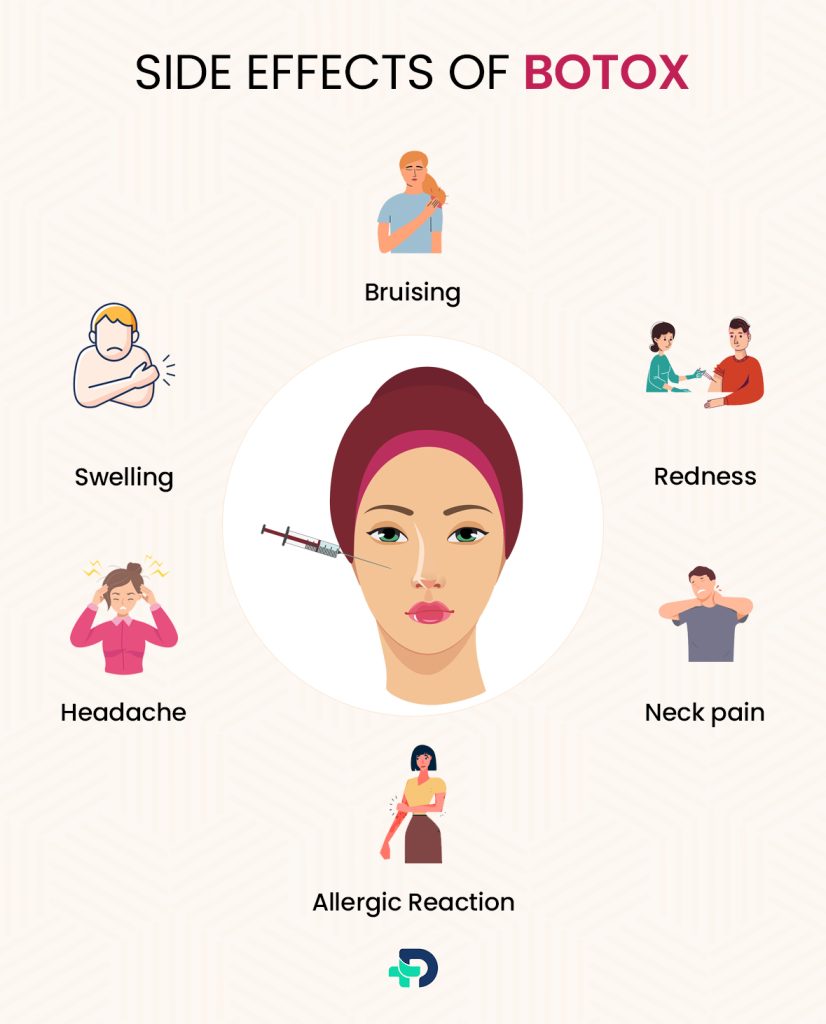
Side Effects of Botox
Common side effects of Botox injection in neck 3Side Effects| Researched based study from National Health Service:
- Bruising: Bruising at injection sites is common. It normally goes away after a week.
- Swelling: Mild injection-site swelling usually goes away quickly.
- Redness: The injection sites may be red after the treatment, although this normally disappears.
Less Common Side Effects:
- Headache: A minor headache after the surgery is rare.
- Sometimes nausea occurs, although it’s typically short.
- Neck Pain: Temporary neck pain may occur.
- Some people may develop minor flu-like symptoms such weariness or muscular pains, although these are infrequent and typically short-lived.
Rare Side Effects:
- Eyelid or Brow Ptosis: Botox may move to neighboring muscles, producing eyelid or eyebrow drooping.
- Allergic Reaction: Botox components may cause uncommon allergic reactions. Itching, redness, and breathing problems are symptoms. Immediately seek medical treatment if you suffer allergic reactions.
- Toxin Spread: Botox toxin may spread unintentionally and cause muscular weakening or other side effects in rare circumstances.
After How Long will I See the Results?
- Botox takes 10 to 14 days to start working, so it takes about 5 to 10 minutes to do the treatment.
How long does Botox in the neck last?
- Botox in the neck lasts for about 3–5 months.
What can Neck Botox injections do?
- Botox in the neck is sometimes called a “Nefertiti neck lift,” 4Side Effects| Researched based study from National Library of Medicine after the Egyptian queen who was known for her beautiful neck and well-sculpted chin.
- The process is great for relaxing tight bands of muscle down the back of the neck, like the ones that show up when we clench our teeth.
- The effects can be life-changing. They can also be used to shape and lift the chin, which can help prevent wrinkling by making the skin underneath stronger and tighter.
Contraindications
You shouldn’t get a Botox neck lift,though, if you are one of the following 2Contraindications | Researched based study from Better Health Channel :
- Women who are pregnant or nursing.
- People who have trouble with human albumin.
- People who have had problems with nerves or muscles in the past.
Post Procedure Guidelines
Post Procedure Care for Botox in Neck
After getting Botox in the neck, it’s important to take care of yourself in a certain way to get the best results and keep side effects to a minimum. Here’s a general advice for what to do after getting Botox in your neck:
Try not to touch or massage:
- Do not touch, rub, or massage the treatment area for the first 24 hours after the process.
- This keeps the Botox from moving away and makes sure it stays where it was applied.
Stay Upright:
- After the Botox injection, try to keep your head and neck up for at least a few hours.
- This can help keep the Botox from spreading to other parts of the body and make the treatment more effective.
Don’t strain yourself:
- For the first 24 to 48 hours after the surgery, don’t do anything too hard physically.
- If the treated muscles move too much, it could cause the Botox to spread.
Stay out of the Heat and Sun:
- Exposure to too much heat and direct sunlight can make swelling and bruises more likely.
- After the process, it’s best to stay out of saunas, hot tubs, and the sun for a few days.
Drink plenty of water:
- If you drink a lot of water, it can help your body use Botox better and lower the risk of side effects.
Don’t drink alcohol and don’t take blood thinners:
- You might want to stay away from alcohol and blood-thinning drugs for a few days before and after the treatment because they can make it more likely that the injection sites will bruise and bleed.
Put cold compresses on it:
- If you have slight swelling or pain after the process, you can put a cold cloth on the area. This can help cut down on swelling and ease any pain.
Be patient:
- Botox takes time to work, so you won’t see the full benefits right away. Most of the time, you can see the results a few days to a week after the operation.
Keep a healthy way of living:
- Adopting a healthy way of life can help the Botox effects last longer.
- Proper skin care, a healthy diet, staying hydrated, and staying out of the sun too much can all help keep the treatment’s results going.
Remember that everyone’s body reacts to Botox treatments differently, so it’s important to follow the following instructions given by your doctor or nurse.
How many Botox injections do you need for Botox in your neck?
- It involves giving a shot every 1.5 cm along the platysma band. A few units of Botox are put into each injection spot.
- Most people need four to six shots and 20 to 25 units of Botox per band.
Does Botox contain steroids?
- No. Botox is a pure protein made from the botulinum toxin.
- It works by stopping nerve messages from reaching the muscles near where it was injected.
How painful is Botox?
- Botox’s chemical makeup ensures that the treatment itself and its aftereffects are painless and symptom-free.
- While inserting, a person may feel a small pinch from the needle.
Are the effects of a Botox treatment long-lasting?
- The results of a Botox shot don’t last forever. But if you get Botox from a professional, the effects will last for a long time.
- A treatment is needed every 3–4 months, but some patients have said that after multiple treatments, they had to wait longer. Dynamic flaws can be treated early.
- With Botox injections, lasting lines don’t form because the muscles you treat can’t make your skin fold in strong ways anymore.
- By starting Botox early and fixing your dynamic wrinkles over and over again, you can keep them from becoming lasting static lines. You might need Botox less often in the long run.
Complications
Complications with Botox
Complications with Botox injections in the neck 5Complications| Researched based study from National Library of Medicine are uncommon, although they can happen. It’s important to know about possible problems and to choose a skilled, experienced doctor for the operation.
Muscle Weakness or Paralysis:
- Botox briefly stops muscles from moving. If the treatment isn’t given properly, it could affect nearby muscles without meaning to.
- This could lead to muscle weakness or paralysis, which can make it hard to move or do usual things.
Asymmetry:
- If the Botox shots aren’t put in the same places on both sides of the neck, it could make one side look different from the other.
Ptosis of the Eyelid or Brow:
- Botox can spread to nearby muscles and make the eyes or eyebrows droop for a short time.
- This can briefly change how you look and how well you can see.
Trouble in swallowing:
- If Botox gets into the muscles that help you swallow, it can make it hard to swallow or make you feel like you’re going to choke.
Allergic Reactions:
- It is very rare, but some people may have an allergic response to a Botox ingredient.
- This can cause itching, rashes, swelling, or trouble breathing, among other things.
Getting sick:
- Any treatment that requires shots puts the places of the injections at risk of getting sick.
- This risk can be kept to a minimum by choosing a clean place and a skilled provider.
Hematoma:
- Some people bleed at the injection site, which can lead to a hematoma, which is a localized collection of blood.
Failure:
- In some cases, Botox might not have the physical or medical benefits that were hoped for.
- This could be because the dose wasn’t right, it wasn’t put in the right place, or each person’s answer to treatment was different.
A skilled provider will decide if you are a good candidate for the procedure, explain possible risks and benefits, and give you advice on how to care for yourself after the operation.
Follow these rules to cut down on the chance of problems:
- Choose a doctor who is trained and has expertise.
- Be honest about your health background, including any allergies or bad responses you’ve had in the past.
- Carefully follow the advice before and after the process.
- Tell your provider right away if you have any serious or odd side effects.
Conclusion
Botox in Neck for Younger Look
Botox works by briefly relaxing the muscles, which smooths out lines and makes the face look younger. Most of the time, the process is used to fix problems like straight necklines, “turkey neck,” and loose skin around the neck. Botox in the neck can be used with other non-surgical treatments to get the best effects. For example, combining Botox with dermal fillers can improve the look of drooping skin and lines on the neck even more. A combination of treatments can also help with different signs of aging skin, like loss of volume and loose skin. In the end, you can look younger, fresher, and more confident by working with a skilled dermatologist to make a personalized treatment plan.
Any feedback on this article?
 This Articles content was accurate
This Articles content was accurate Very Informative Article
Very Informative Article I have a question or a comment
I have a question or a comment
 This article contains inaccurate content
This article contains inaccurate content This article was not helpful
This article was not helpful I have a question or a comment
I have a question or a comment
We appreciate your helpful feedback!
Checkout our social pages
References
-
National Library of Medicine
Neck lines
-
Better Health Channel
Indications | Contraindications
-
National Health Service
Side Effects
-
National Library of Medicine
Side Effects
-
National Library of Medicine
Complications














